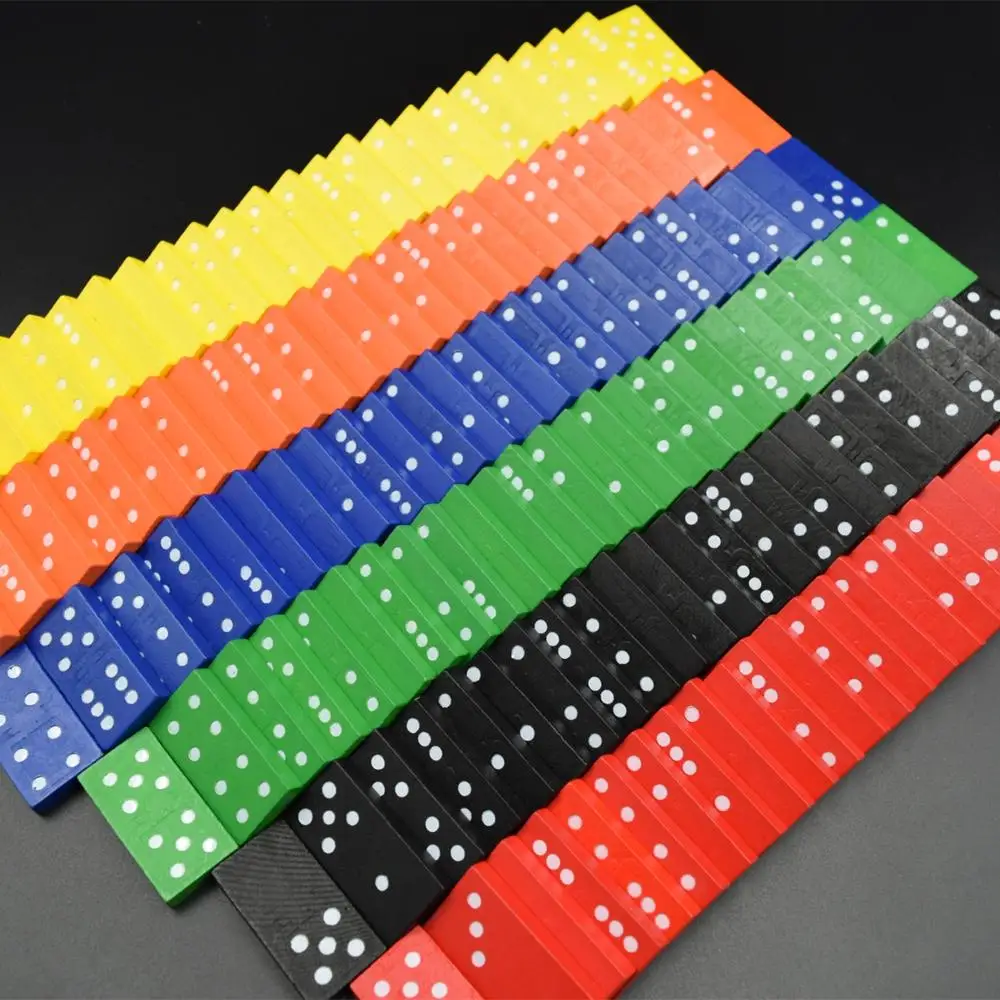
Resize (Stretch) - to the square input size of your model (640圆40 is the YOLOv5 default).Auto-Orient - to strip EXIF orientation from your images.Recommend applying the following preprocessing steps: Note: YOLOv5 does online augmentation during training, so we do not recommendĪpplying any augmentation steps in Roboflow for training with YOLOv5. Then generate and export a version of your dataset in YOLOv5 Pytorch format. Whether you label your images with Roboflow or not, you can use it to convert your dataset into YOLO format, create a YOLOv5 YAML configuration file, and host it for importing into your training script.Īnd upload your dataset to a Public workspace, label any unannotated images, 1.3 Prepare Dataset for YOLOv5 Prepare, Export, and Host Your Dataset with Roboflow Web-based tool for managing and labeling your images with your team and exporting

Once you have collected images, you will need to annotate the objects of interest to create a ground truth for your model to learn from.

If this is not possible, you can start from a public dataset to train your initial model and then sample images from the wild during inference to improve your dataset and model iteratively. Ideally, you will collect a wide variety of images from the same configuration (camera, angle, lighting, etc) as you will ultimately deploy your project.

Training on images similar to the ones it will see in the wild is of the utmost importance. There are two options for creating your dataset before you start training: Use Roboflow to label, prepare, and host your custom data automatically in YOLO format 🚀 NEW (click to expand) 1.1 Collect Images YOLOv5 models must be trained on labelled data in order to learn classes of objects in that data.
Custom dominoes install#
Pip install -r requirements.txt # install Train On Custom DataĬreating a custom model to detect your objects is an iterative process of collecting and organizing images, labeling your objects of interest, training a model, deploying it into the wild to make predictions, and then using that deployed model to collect examples of edge cases to repeat and improve.


 0 kommentar(er)
0 kommentar(er)
